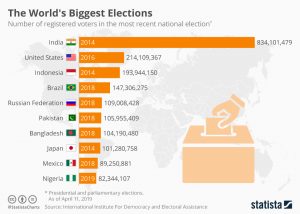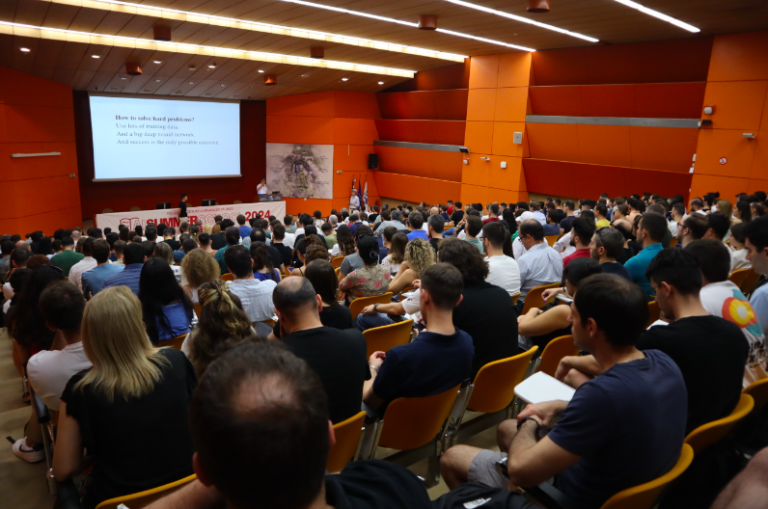Yesterday, the world’s biggest exercise in democracy got underway as Indians headed to the polls. The process to elect a new lower house in India is spread across seven phases and last six weeks. That’s primarily due to the sheer size of the contest which involves 20 states and union territories with 91 constituencies and a whopping 900 million registered voters. The length of the election, therefore, takes into account the huge number of officials involved, security and the need to safeguard its integrity.
The election is being viewed in some quarters as a referendum on Prime Minister Narendra Modi but a host of important issues are already dominating proceedings. They include poor economic growth, high levels of unemployment and the security situation in the wake of clashes with Pakistan over Kashmir. On Thursday morning, Modi took to Twitter to encourage people to “turn out in record numbers and exercise their franchise” before urging young and first-time voters to head to the polls in record numbers.
India’s election is big but just how big? Just to put that figure of 900 million registered voters into perspective – it’s nearly three times the total U.S. population. The International Institute for Democracy and Electoral Assistance keeps records of registered voters and turnout in elections around the world. According to its data, 834 million people in India were registered to vote during the last election in 2014 compared to 214 million in the United States during the 2016 presidential election. Indonesia has the third-biggest elections worldwide with nearly 194 million registered voters during its most recent election in 2014.
source statista

Ask me anything
Explore related questions





